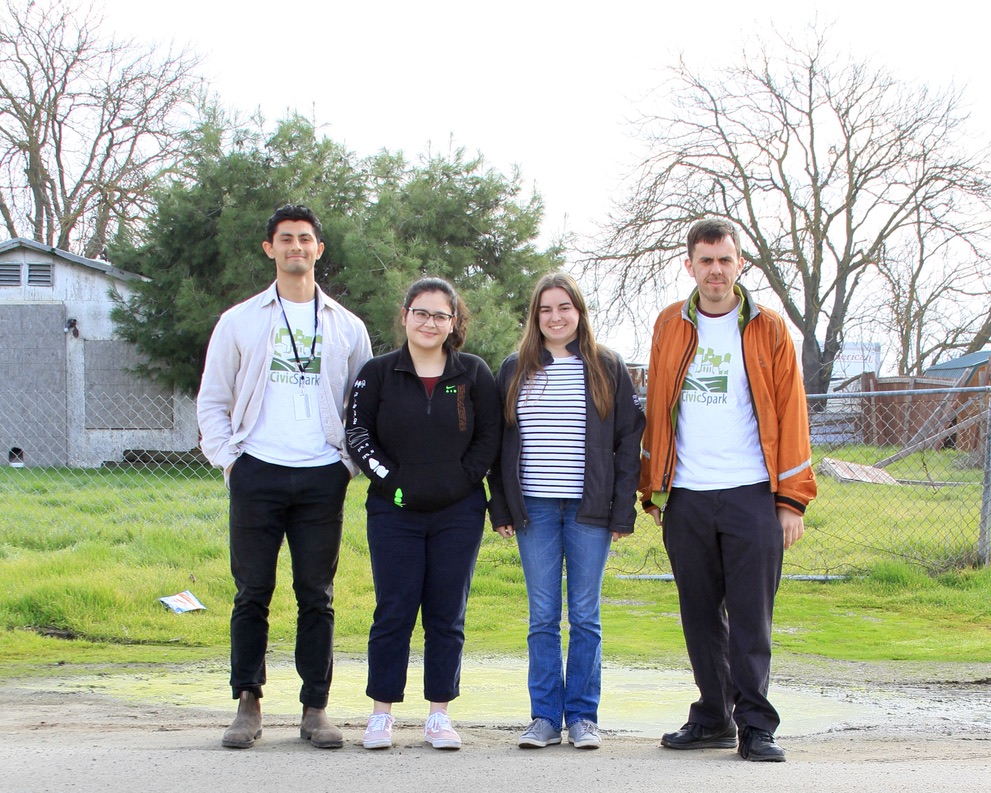Serving at the Nexus of State and Local Climate Planning

photo credit: Ricardo Torres
By: ASAP Member Miles Gordon
The California Adaptation Planning Guide, a state-produced resource for local governments and regional planning agencies who want to undertake climate adaptation planning in their respective jurisdictions, has been in the midst of a two-year update process since 2018 and is set to be transmitted to the general public in early summer 2020, with plans to convert it to an interactive web application on California’s Adaptation Clearinghouse by the end of October 2020. We have continued this important work in the midst of the current COVID-19 crisis because it is crucial that we continue to work to respond to the climate crisis and build community resilience to climate change impacts.
As part of this project, two jurisdictions (Butte and Tulare counties) were chosen to become “pilot communities” for the new resources and guidance that the Adaptation Planning Guide provides. In the course of my service year with CivicSpark, in addition to assisting in producing the APG, I have undertaken direct technical assistance projects with each of them in order to bolster local-level climate planning efforts. Respectively, I have assisted in the update process for Butte County’s Health & Safety Element to incorporate wildfire risk (in collaboration with CivicSpark Fellow Lauren Sugay), and helped to formulate a community-level climate adaptation plan for Matheny Tract, an unincorporated census tract in Tulare County (in collaboration with CivicSpark Fellow Arlin Benavides).
It has been an invaluable learning experience serving at the nexus of state and local level climate planning, as I have been in a unique position to transmit lessons learned at the state level into local level planning, and lessons learned in these local planning efforts into state policy guidance. As I have spent this year attempting to answer the ever-prescient question of what local governments need to effectively plan for climate change, I have learned several key lessons from these efforts that are relevant to anyone who is participating in a local-level climate change planning process (including many of you ASAP readers).
Crisis and disaster can be invaluable tools for engagement and discussion
The 2018 Camp Fire, though extremely tragic as well as preventable, provided a locus for the community to come together and discuss the future of their community in light of increased wildfire risk and climate change, which has fueled the update process for Butte County’s Health & Safety Element. What has taken place this year has been a highly collaborative process between the Butte County Department of Development Services, the Butte County Fire Safe Council, the Camp Fire Long Term Recovery Group, and other community-based organizations that has resulted in lasting partnerships that will extend far beyond this current planning effort. Butte County’s Health & Safety Element Update has been folded into a full General Plan Update, set to be completed in the next couple of years.
The community you serve can and should be the guide for your planning efforts
Our process for formulating a community-level climate adaptation plan for Matheny Tract has undergone many changes as we have gone along, in large part to feedback from our community. For example, we originally attempted to engage the community in our vulnerability assessment process by asking them what community assets they valued. This was not an effective approach, as many in the community did not believe that they had any such assets, owing to the history of institutional divestment and neglect they have faced. When we instead asked them the question of what it was they wanted to protect, change, or stay the same (in those words), we had a meaningful discussion about what the community values, and what they wanted to invest in and improve upon going into the future. The Matheny Tract Climate Adaptation Plan is set to be completed by October 2020.
Climate adaptation is often not a matter of will but of capacity to act
In both of these communities there has been a strong desire to adapt to climate change as its effects (particularly drought, extreme heat, and increased wildfire) have worsened in these communities. However, these communities have small planning departments, which has historically constrained ability to plan for long-range impacts and hazards. These two efforts that we have undertaken in these respective communities have shown the power of simply adding capacity to act in these communities, as our efforts have resulted in robust planning processes with lasting results for these communities. In short, our efforts have shown how targeted support can make all the difference, and the importance and effectiveness of getting information, best practices, and on-the-ground support to those who need it the most.
The completed Adaptation Planning Guide 2.0, when transmitted to the public, will be available at www.caloes.ca.gov/climate. For those who simply cannot wait, the second public review draft is currently available for your perusal.
These and other lessons learned will be expanded on in a complimentary APG User Guide that will highlight the successes and lessons learned from these two communities, set for completion in July 2020. It will also be made available at www.caloes.ca.gov/climate.
The Adaptation Clearinghouse will serve as the home for the Adaptation Planning Guide when it is converted into an interactive web application by the end of October 2020. Additionally, it contains a plethora of other case studies and resources for successful climate adaptation in the state of California, available at www.resilientca.org
Author Biography: Miles Gordon is a CivicSpark Climate Fellow serving with the California Governor’s Office of Emergency Services. He has 3+ years experience in the climate change adaptation field, with continuing interests in community-level climate change planning, environmental justice, and whole community resilience. He has been a dedicated and active ASAP member since February 2017, and looks forward to continuing his career in this field after his Fellowship term ends in July 2020. You may reach him at mgordon@civicspark.lgc.org if you have any questions or otherwise want to get in touch.
